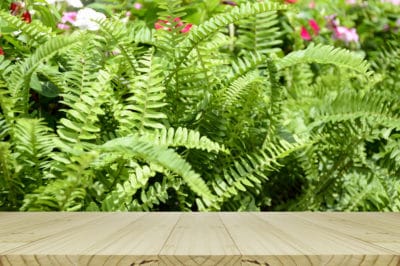Growing Boston Fern Outdoors
Warm humid climates such as those found in Florida and Louisiana – they are often seen hanging from balconies in New Orleans – are ideal. The combination of warmth and humidity is key. You’ll have more trouble growing them in a place like Arizona unless you can boost humidity considerably. If you have frost in your area, the plant may die back but will regrow in spring.
Location, Location
A Boston fern grown outdoors will do best in an area of partial to full shade. Dappled shade or an area under a lath structure can also be a good choice. If it is exposed to direct sunlight, the exposure should occur only in early morning or late evening when the sun is low. Build up the bed with rich organic soil, using leaf mold, compost or finely chopped bark.
Water Matters
Boston fern has no tolerance for drought. The soil should be constantly moist, although it should not be so wet as to be soggy or waterlogged. Boston ferns grown outside may be exposed to drying winds and should be checked every day, especially when grown in a container or hanging basket. Some may need to be watered twice daily in hot weather.
Boston Fern Pests
When grown indoors, Boston ferns don’t usually have much trouble with pests. Scale can occur on plants grown both indoors and out. Mealy bugs – often worse in greenhouses – can also be a problem for indoor and outdoor plants. Outdoors, however, it’s a different story. Slugs are the worst enemy – a heavy slug infestation can denude the plant.
Combating Insect Pests
Boston ferns are sensitive to insecticides, so organic methods are usually a better choice. Try the following:
- Hand pick slugs and drop in a bucket of soapy water.
- Sprinkle dry crushed eggshells, coffee grounds or diatomaceous earth around plants.
- Spray plants with insecticidal soap for scale and mealy bugs; rinse well.
Fertilizing Boston Fern
Boston ferns are usually considered light feeders. They do better with infrequent feedings or with slow-release fertilizers. A water-soluble organic fertilizer is a good choice. Dilute to half strength and feed once a month during the growing season. If you choose slow-release fertilizer, apply in early spring and repeat after six to eight weeks.
